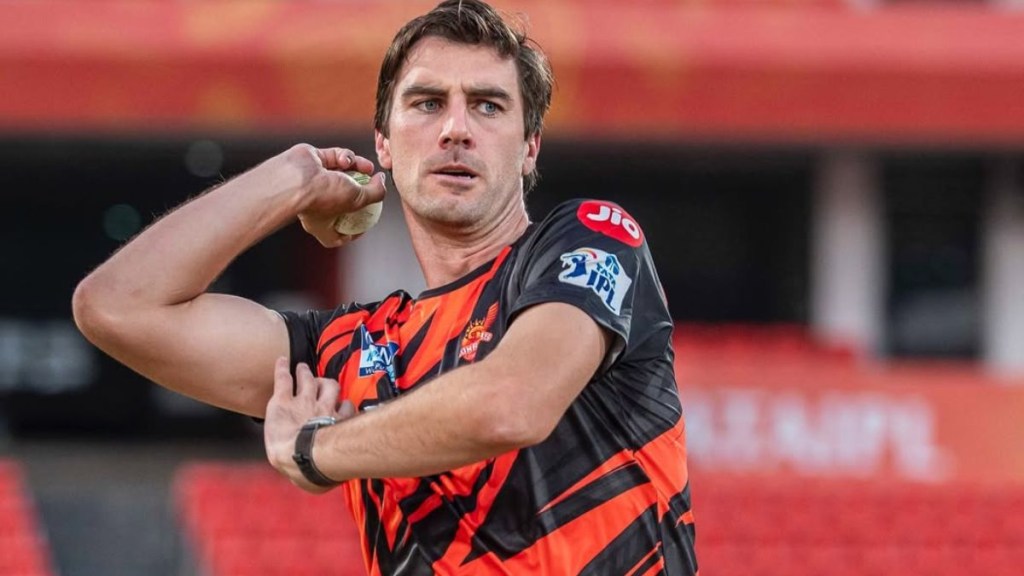Australia’s Test captain and fast bowler, Pat Cummins, will miss the upcoming T20 tour of New Zealand and the back-to-back home white-ball series against India after scans revealed lumbar bone stress in his lower back. Cummins doesn’t have any stress fractures, but the 32-year-old cricketer will be working hard to get ready for the first Ashes Test in Perth on November 21. Cricket Australia is confident Cummins will captain the team at Optus Stadium. Chairman of selectors George Bailey told The Guardian that there is still plenty of time, and he expects Pat to be ready for the first Test.
What is lumbar bone stress?
Lumbar bone stress injuries (LBSIs) are small cracks or damage in the lower back bones, usually caused by repeated strain that the bones can’t fully recover from. According to the Cleveland Clinic, stress fractures happen when bones are repeatedly put under pressure without enough time to recover. As per the Mayo Clinic, activities like running, twisting, bending, or stretching the back too much, common in sports like cricket or gymnastics, can cause these injuries. Weak bones from conditions like osteoporosis or tiredness can make them more likely.
Why fast bowlers are at risk of lumbar bone stress
Dr. Akhilesh Yadav, Director of Orthopaedics and Joint Replacement at Max Super Speciality Hospital Vaishali, explains, “The lumbar region is particularly vulnerable in fast bowlers due to the intense forces generated during their bowling action. Each delivery requires a sprint, sudden braking, hyper-extension of the lower back, and trunk rotation. Over time, this repeated stress can lead to significant bone strain.” He further explains that younger or less conditioned athletes are especially at risk, as continuous training, competition, and travel schedules can compromise bone strength.
Symptoms and how to diagnose lumbar bone stress
According to the Mayo Clinic, symptoms of lumbar bone stress injuries usually include lower back pain that gets worse with activity and eases with rest, tenderness over the affected area, swelling, and trouble bending or twisting. Doctors usually use scans like MRI or CT to check for these injuries.
Treatment and recovery tips for athletes
Treatment usually involves rest, physiotherapy to strengthen the back and core muscles, and slowly getting back to activity under a doctor’s guidance, according to the Cleveland Clinic. In serious cases, surgery may be needed. Dr. Yadav says regular check-ups can prevent minor issues from becoming career-threatening. He adds that managing workloads and maintaining proper technique are crucial for fast bowlers to stay fit.
How to prevent such injuries?
Prevention is important. As per Dr Yadav, using the right technique, building core and back strength, taking enough rest between training sessions, and eating a balanced diet with calcium and vitamin D can help prevent such injuries.
While he recovers, Australia will have to plan without their captain, but the focus remains on ensuring he is fully fit for the Ashes opener.

